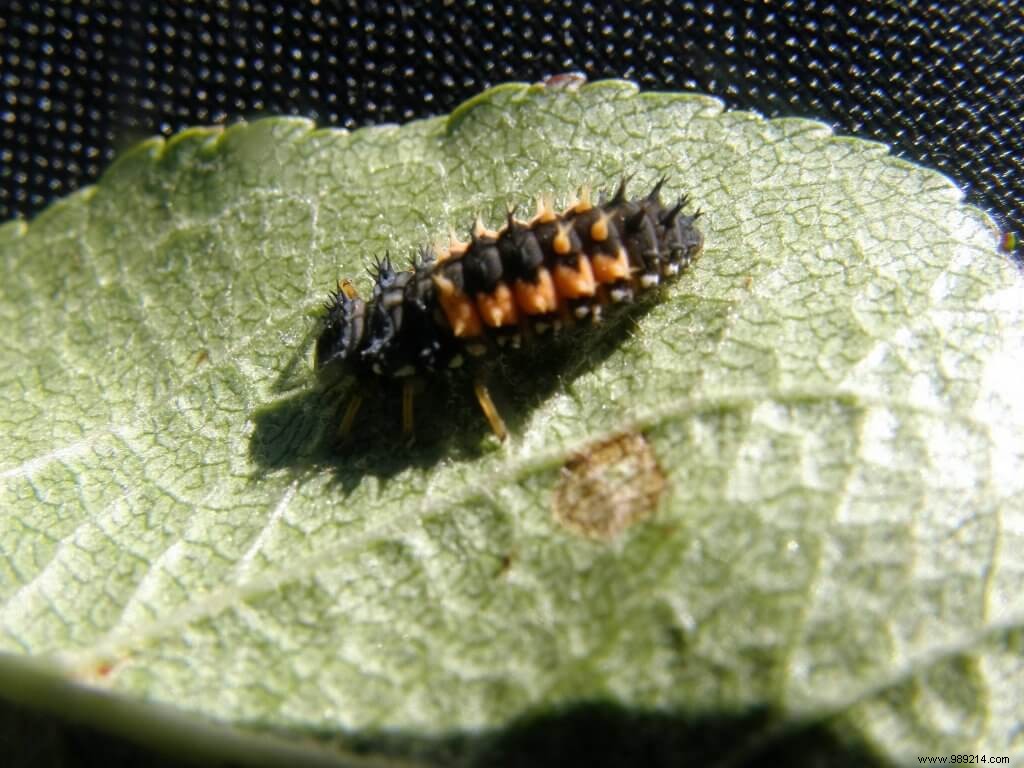After the discovery of plant protection products , now let's see how these act.
And while we're at it:
Source FREDON N-PdC 2009
The lack of knowledge of the dangerousness of phytoproducts can explain the non-application of basic safety rules. So let's try to fix it!
4 modes of action:by contact , inhalation , ingestion or systemic , that is, it enters the plant either through the foliage or through the root system and is carried throughout the plant by the sap.
Each product has a duration of effectiveness called carrying . It can be from a few hours to several months.
Most hobbyist products are sprayed, sometimes spread or watered. In the case of spraying, even carried out under the best conditions, there is only 50% of the product arriving at its destination on the plant. As a result, the rest is distributed between the air and the soil, first on the surface and then in depth, if not on the face of the gardener. In any case, between the accidental projections and the vapors he breathes, our gardener always "consumes" a little, even a little too much.
Perhaps you are thinking that if phyto products are over the counter , is that they are not dangerous for humans or the environment. This is the case with phyto products such as cigarettes, medicines, alcohol… Everything is a question of quantity. The non-agricultural areas (ZNA), city green spaces, SNCF land, Airports, motorways, golf courses, ONF, hospitals, DDE ... and private gardens represent 10% of all pesticides used (including 85% for amateur gardens and 10% for municipal land) In 2010 the consumption of phytoproducts in France exceeded 70,000 tonnes , (100,000 T in 2000) more than half by weeding. We can, we must still be able to reduce this quantity. For the well-being of all.

Ladybug larva
To be continued…